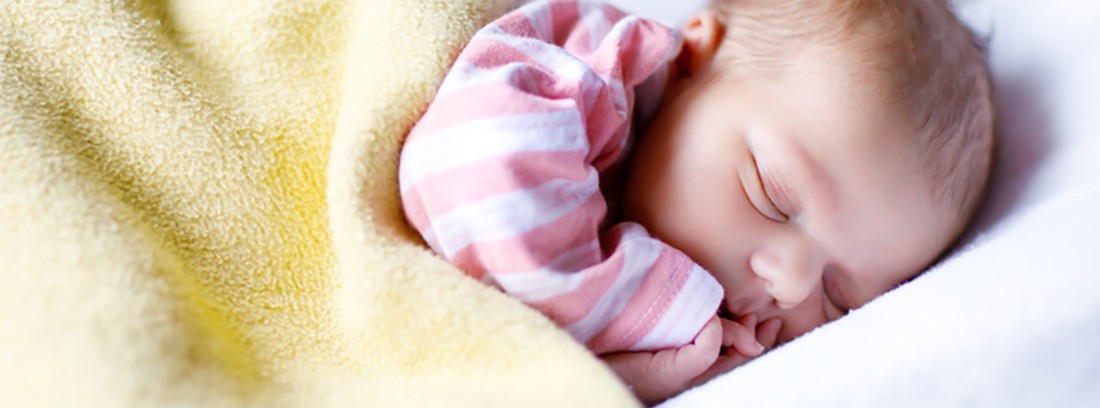Progeria

Progeria is a rare disease that affects only one in seven million live births. It is a syndrome that affects men and women equally, with a marked predominance of the Caucasian race, with 97% of cases.
- During the first year, children have growth retardation, hair loss and skin changes, with wrinkles and spots.
- The second year, they suffer from alopecia and skin aging is accentuated. They are children who have diseases typical of the elderly.
- It has no treatment and the half-life of those who suffer from it is around 13 years.
How is it produced?
Progeria is a disease of genetic origin without a pattern of inheritance, neither studied since patients usually die before being able to have children, and that it is due to spontaneous mutations.
It occurs due to an alteration of the gene called LMNA, which encodes a protein of the nuclear laminae, some laminae that cover the nucleus of the cells, so that when they have to reproduce they cannot do it properly, so they suffer damage irreparable in each cell division, leading to premature and progressive aging of cells and tissues and, consequently, of the entire organism.
Symptoms
Children affected by Progeria are normal at birth, they do not differ from other children, but during the first year of life they present growth retardation, hair loss and skin alterations, with a marked aging of the skin and the appearance of spots and wrinkles. During the second year of life, alopecia and skin aging become more marked.
The patients present very characteristic features, with the aforementioned and very marked veins on the surface of the skull. They have sharp features, with a bird's face, with larger-than-usual eyeballs and a smaller chin, which is known as micrognathia. Their ears are usually large, their noses are prominent and pointed, and they often lack facial hair, so they have neither eyebrows nor eyelashes. The palate is usually high, which generally conditions a high pitched voice, and they also present dental alterations.
At the cutaneous level, they present premature aging of the skin, with wrinkles, scleroderma, dry skin, keratotic lesions and hyperpigmented spots. The nails also present alterations, being brittle and brittle.
Patients with Progeria are short, underweight children with immature sexual organs and bone abnormalities in the sternum, clavicles, and lower extremities, which are often arched.
These children present diseases that are typical of older patients, such as,,, —which can cause spontaneous bone fractures, especially in the lower extremities—, or various cardiac alterations.
The most severe form of this disease is the so-called Hutchinson-Gilford syndrome, while there is also a form of Progeria that manifests itself in adulthood, Werner syndrome.
Diagnosis
The diagnosis is based simply on the observation of the characteristic features of this disease in patients who suffer from it.
The studies that are necessary should be carried out to evaluate the degree of affectation in the different devices and systems involved, mainly at the bone, ophthalmological and cardiac level.
Treatment
It is an irreversible genetic disease, it has no treatment. At most, the possible alterations that may occur in the various organs as a result of their aging are being treated.
The half-life of these patients is about 13 years, ranging from 7 to 25 years of life, with the vast majority of patients not exceeding adolescence. The main causes of death are arteriosclerosis, the and the.
Precautionary measures
As it is a genetic disease due to a spontaneous mutation, there are no preventive measures for Progeria. If a child presents characteristics of this disease, it is necessary to put yourself in the hands of a pediatrician with experience in cases of this syndrome as soon as possible.
(Updated at Apr 13 / 2024)